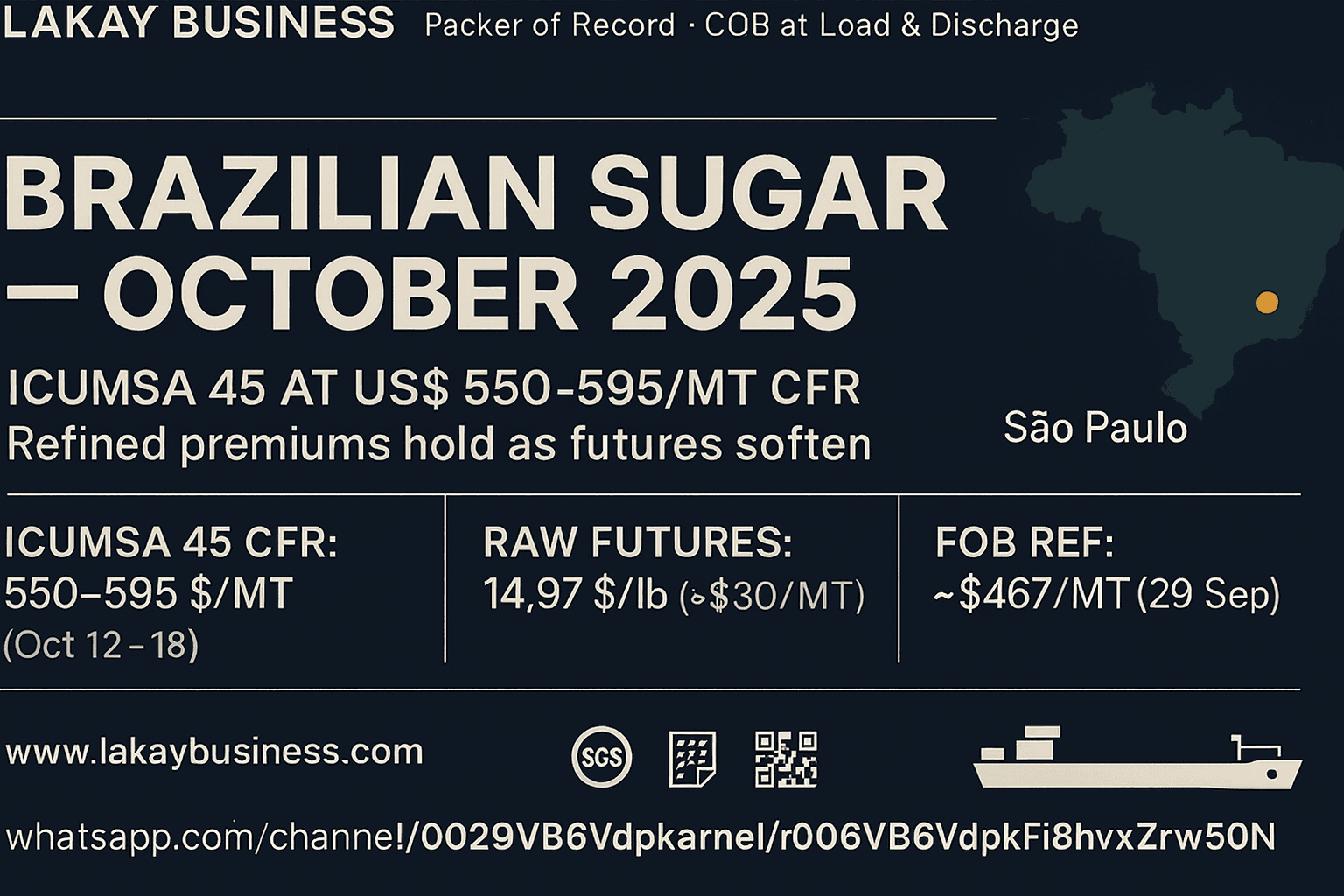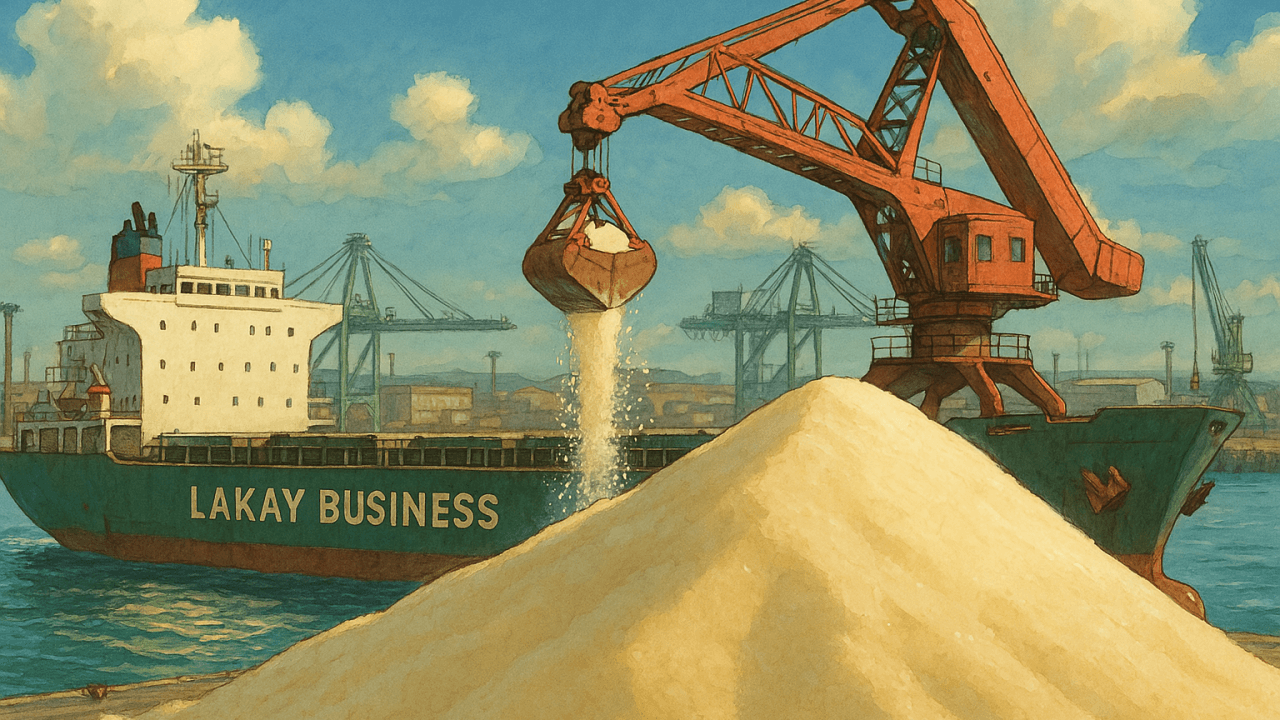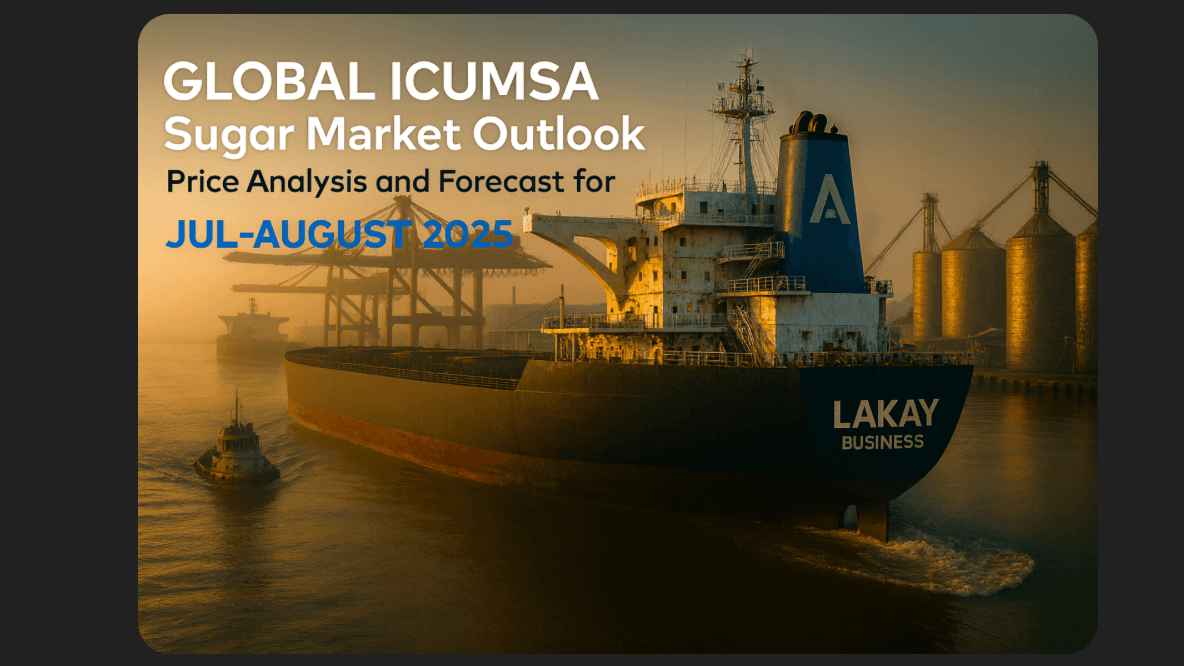Redação • Categorias
Notícias Central de Notícias
Explore nossa redação por categoria: cor de mercado, dicas de documentação e atualizações da origem Brasil.
Assine no LinkedIn
18 publicações no total
Ir para Comércio Internacional Comércio Internacional
Comércio Internacional
 Comércio Internacional
Comércio InternacionalComércio Internacional
5 publicaçõesIr para Comércio Internacional
Ir para Economia & Finanças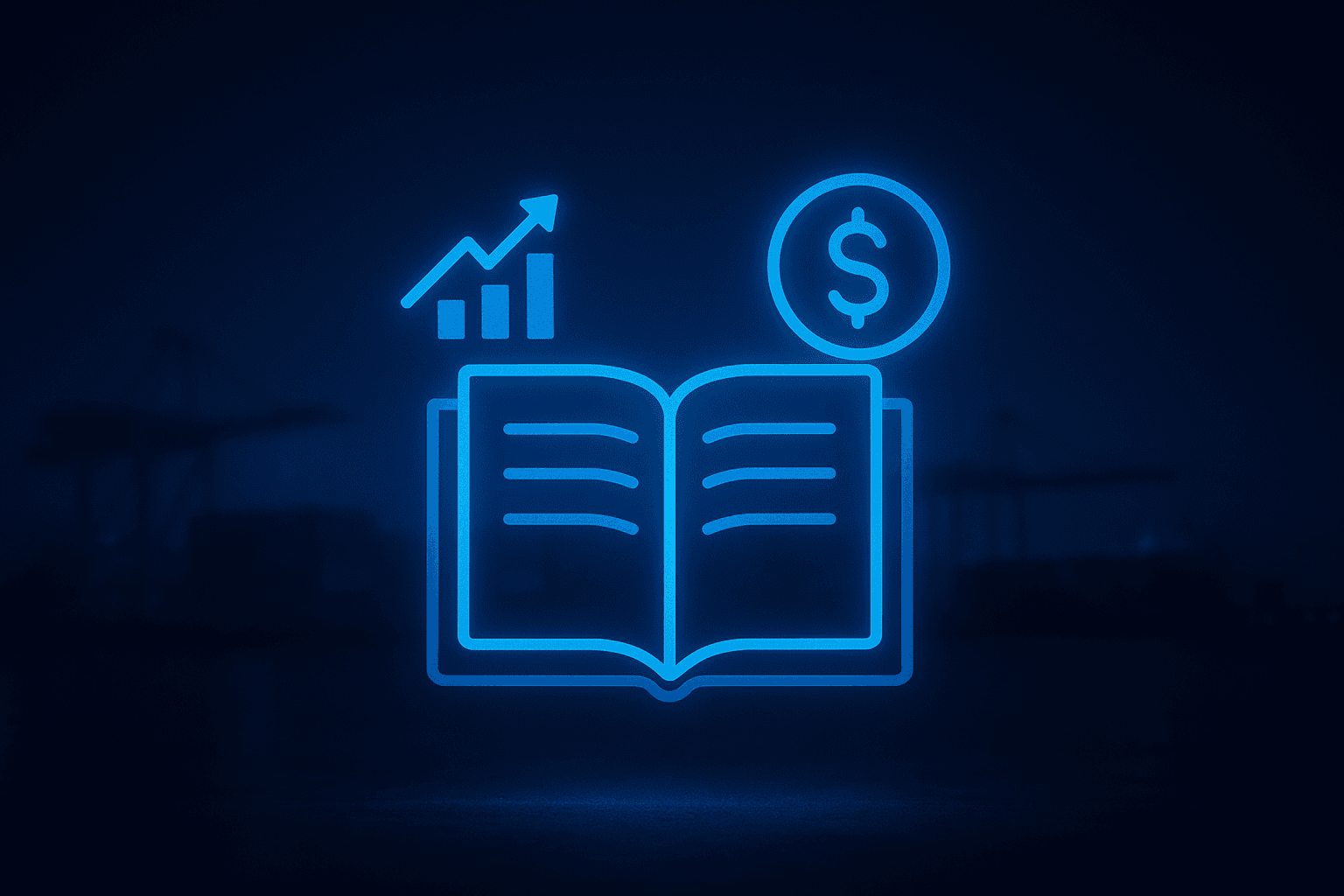 APRENDER
APRENDER
 APRENDER
APRENDERAprender: Economia & Finanças
8 publicaçõesIr para Economia & Finanças
Comércio Internacional
Trump's Secret War on Brazil

Trump's Secret War on Brazil
The 50% tariff on Brazilian imports in July 2025 wasn’t the opening shot—it was the closer. Publicly, the White House billed it as hardball over “unfair practices.” Privately, it capped a years-long, multi-front squeeze designed to pry Brasília away from Beijing: reciprocal-tariff powers, targeted trade cases, and pressure campaigns that bled from steel to 5G. The tariff itself is on the record; the wider playbook—phantom financing offers, leverage built from crises, and a carrot-and-stick tech strategy—emerges from leaked files and off-the-record briefings. The result? Collateral damage at home and abroad, plus a strategic own goal: rather than isolating Brazil from China, the squeeze hardened Brasília’s hedging instincts and deepened regional skepticism about Washington’s reliability. What looked like a tariff tantrum reads, in full, as a modern shadow war—economic instruments wielded in the open, coercive tactics in the dark—and a case study in how decoupling gambits can boomerang.
Navigating the New Trade Landscape: How U.S. Tariffs Are Reshaping Brazil’s Economy

Navigating the New Trade Landscape: How U.S. Tariffs Are Reshaping Brazil’s Economy
When Washington’s tariff wall went up, Brazil’s farm belt felt the tremor first. In Mato Grosso, João Silva’s soy turned into overnight gold as Chinese buyers pivoted away from U.S. supply. The surge is real—but fragile. Brazil is benefiting from trade diversion: soy, corn, and beef bookings swell while steel and aircraft stare at headwinds. A “baseline” U.S. tariff stings less than China’s higher rates, yet the bigger risk is strategic: over-reliance on a single customer and a global slowdown if the spat drags on. Brasília’s play is threefold—negotiate exemptions, keep a calibrated retaliatory stick ready, and sprint on diversification (EU, ASEAN, others). Internally, tax relief and logistics upgrades aim to lock in farm gains without torching consumer prices. Net-net, the shock is bad in the absolute, potentially positive for Brazil in the short run. But João’s wife has a point: windfalls born of geopolitics can disappear as quickly as they arrive. The winners bank cash, hedge exposure, and build markets beyond the current crisis.
The Future of International Trade with AI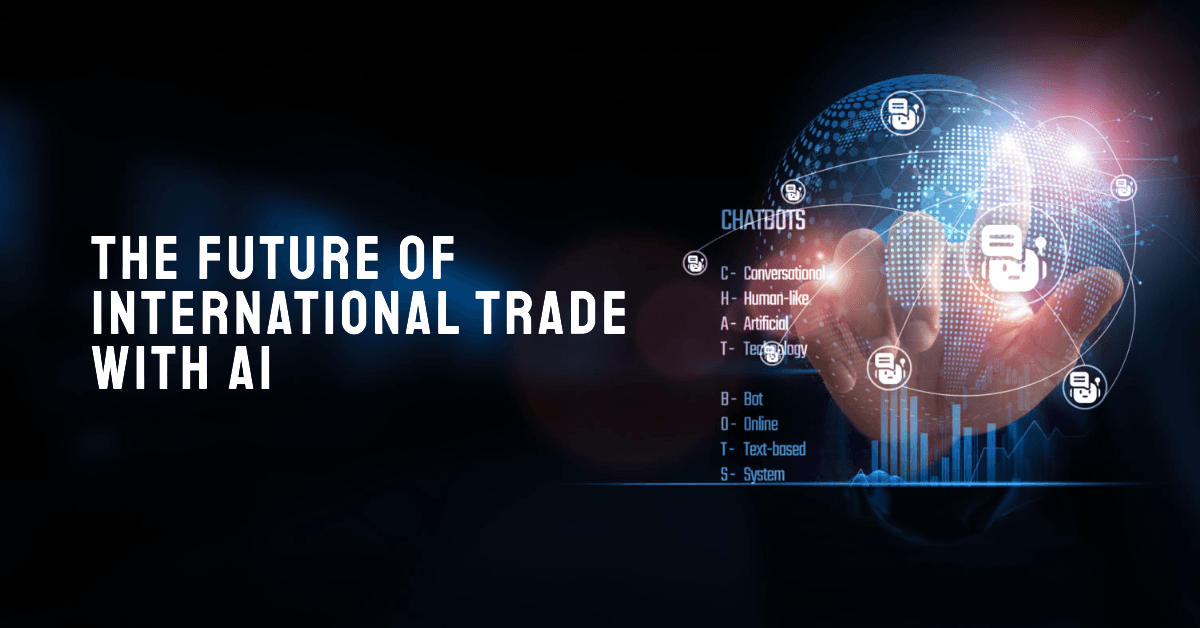

The Future of International Trade with AI
Artificial Intelligence is moving from slideware to supply chains. Across international trade, AI now forecasts demand with more precision, trims inventory, and routes shipments around weather, congestion, and cost. It automates customs paperwork and risk checks, cutting clearance delays while tightening compliance. Paired with blockchain, AI brings end-to-end traceability and tamper-resistant records. The payoff isn’t just speed: smarter networks burn less fuel, waste less stock, and support greener, more circular operations. On the strategy side, AI scans tariff shifts, trade agreements, and geopolitical signals so exporters can redirect capacity before margins vanish. The through line is practical: companies that operationalize AI—from forecasting and inventory to customs, sustainability, and policy intelligence—will move faster, spend less, and serve customers better in a volatile global market.
Aprender: Economia & Finanças
Global Sugar Market Outlook | Q4 2025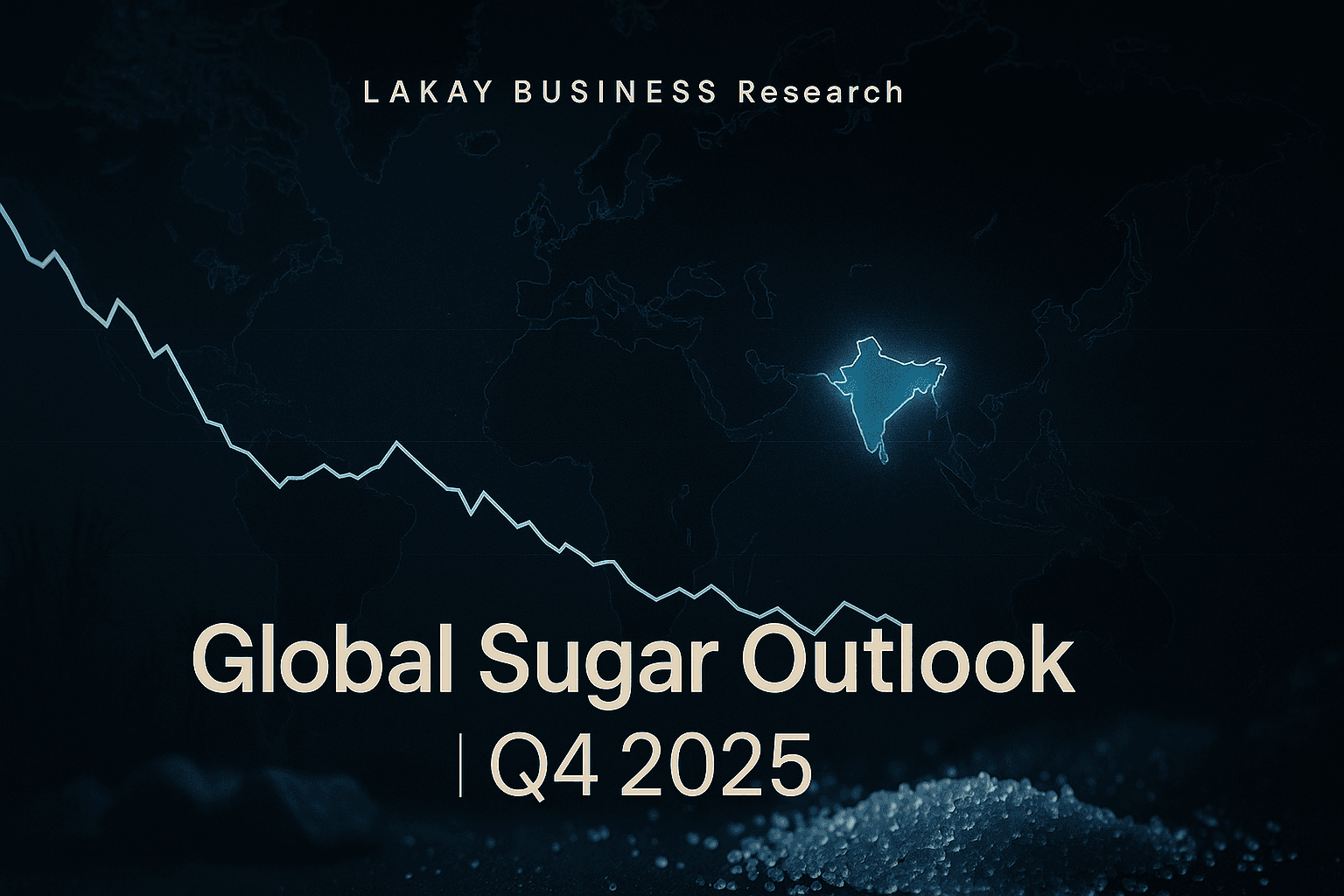

Global Sugar Market Outlook | Q4 2025
The Q4 2025 sugar market looks “cheap” on the screen, with ICE No. 11 near 14.8 c/lb, even as ISO projects a 4.9 MMT global deficit and Brazil runs at record sugar exports. This note explains why the market is mispricing risk and sets out a Brazil-anchored 50/30/20 coverage strategy for protecting 2026 margins.
Understanding Sugar Trade Commissions for ICUMSA 45 Deals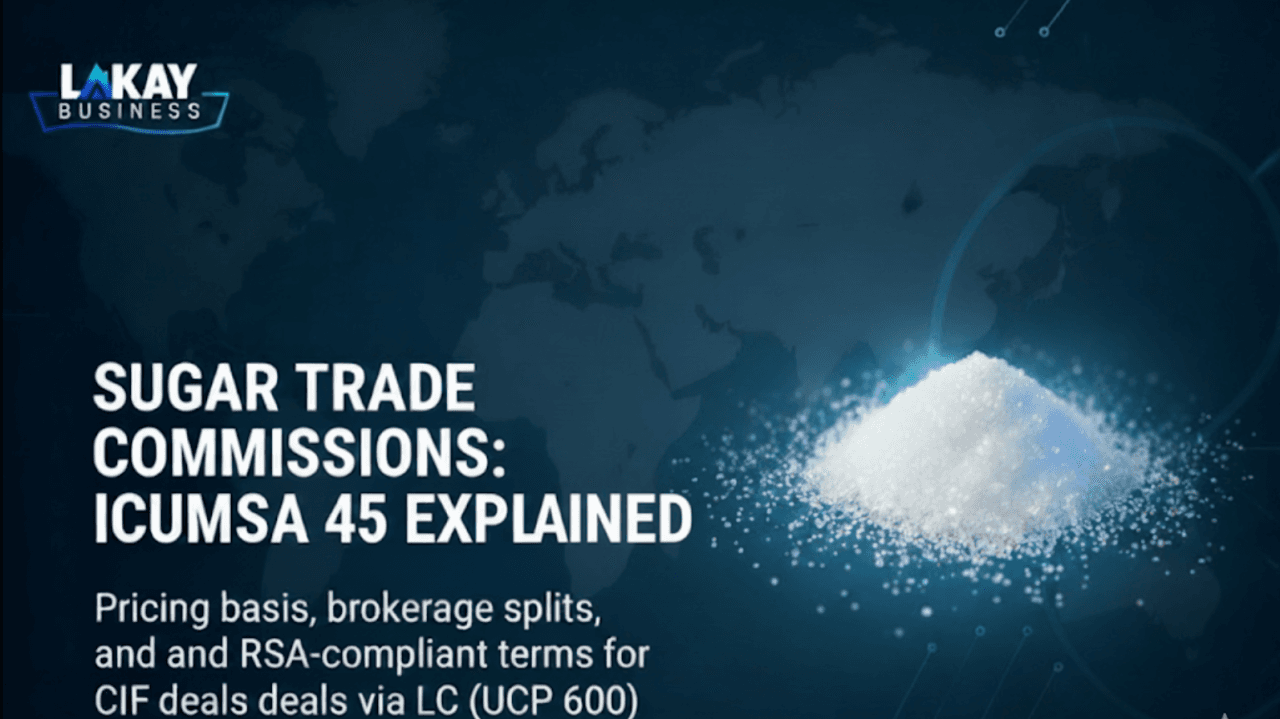

Understanding Sugar Trade Commissions for ICUMSA 45 Deals
Refined sugar deals live or die on three things: a sharp CIF, bankable paperwork, and clean compliance. Price is a stack—ICE No.5 basis + freight + insurance—plus a fixed margin “K.” That K pays for ops, docs, risk… and every broker in the chain. Commissions aren’t a magic extra; they live inside the price. Push them up and either your CIF climbs or your netback gets crushed. Contracts should ride on RSA (refined) or SAL (raw) rails, spell out Incoterms 2020 CIF insurance (ICC(C) at 110%), and anchor payment to UCP 600: banks pay on documents, not on how sweet the sugar looks. In practice, keep total commissions lean—low single-digit $/MT is common—and cap the pool in an annex tied to LC proceeds. Know destination realities: China’s TRQ can swing landed cost far more than any $2/MT haggle. Operationally, Brazil excels at raw bulk; bagged refined is slower, riskier, and pricier—so expect a fatter K if you insist on awkward load plans. Ditch “ICC-approved” NCNDA fairy tales, screen intermediaries, and write a bank-executable commission schedule. Do that, and you win tenders on price and get everyone paid without drama.
Top 7 Mistakes New Exporters Make (and How to Avoid Them)

Top 7 Mistakes New Exporters Make (and How to Avoid Them)
Exporting can supercharge growth—or blow a hole in your balance sheet. The winners do their homework and paper their deals like pros. This guide strips out the romance and lays out seven rookie mistakes that drain cash fast: skipping market research, trusting unvetted buyers, sloppy paperwork, quoting prices without Incoterms, betting everything on one buyer or country, ignoring compliance and certifications, and shipping without payment protection. For emerging-market founders—from African agribusiness to Latin American SMEs—the fix is simple, not easy: validate demand with hard data, verify counterparties, make your documents bulletproof, price with the right Incoterms and named place, diversify customers and regions, meet the destination’s rules to the letter, and lock down payment (L/Cs, collections, or insured open account). Do this and you’ll avoid the traps that kill first shipments, protect margin, and build a reputation that gets you repeat business. Export smart, not just fast.

